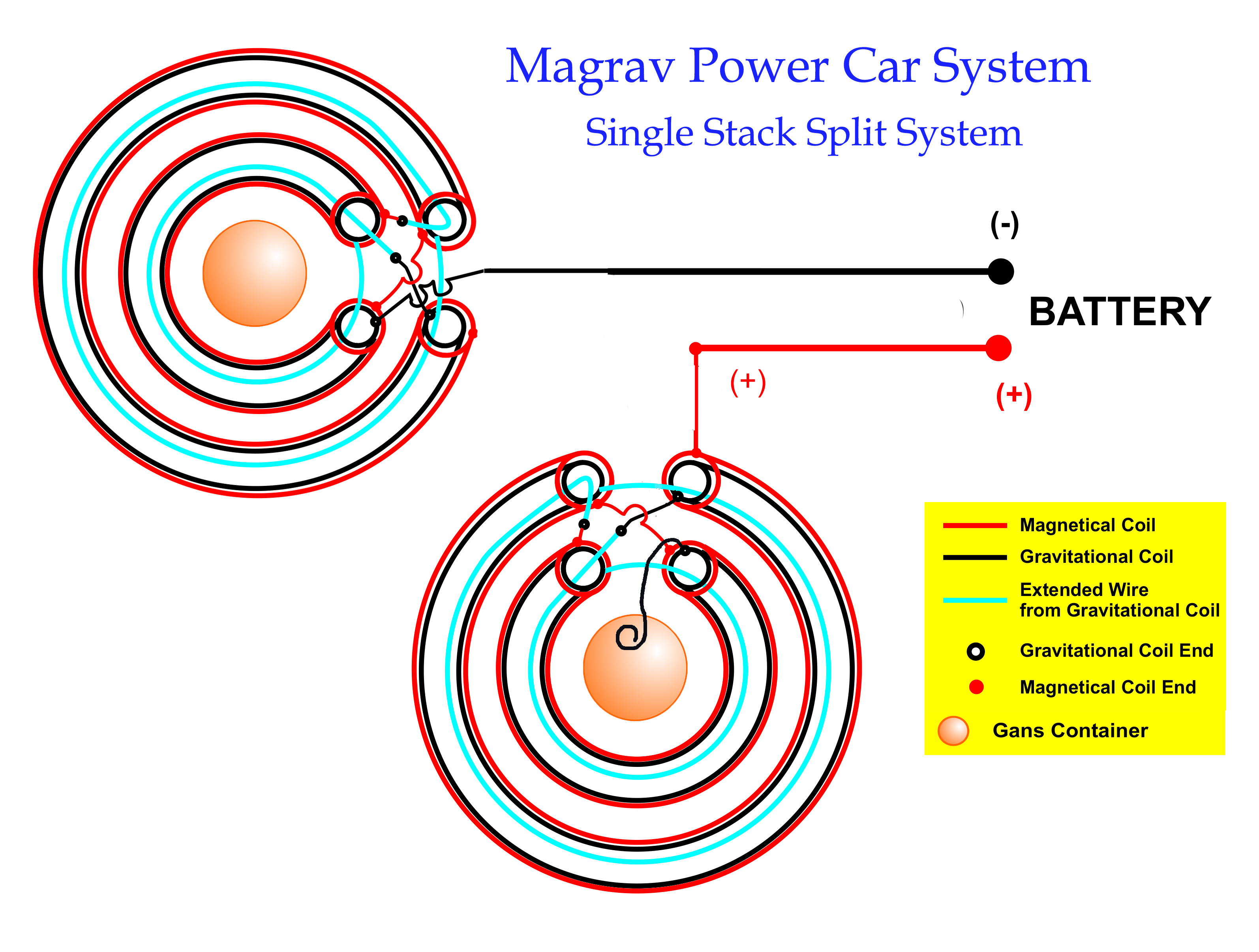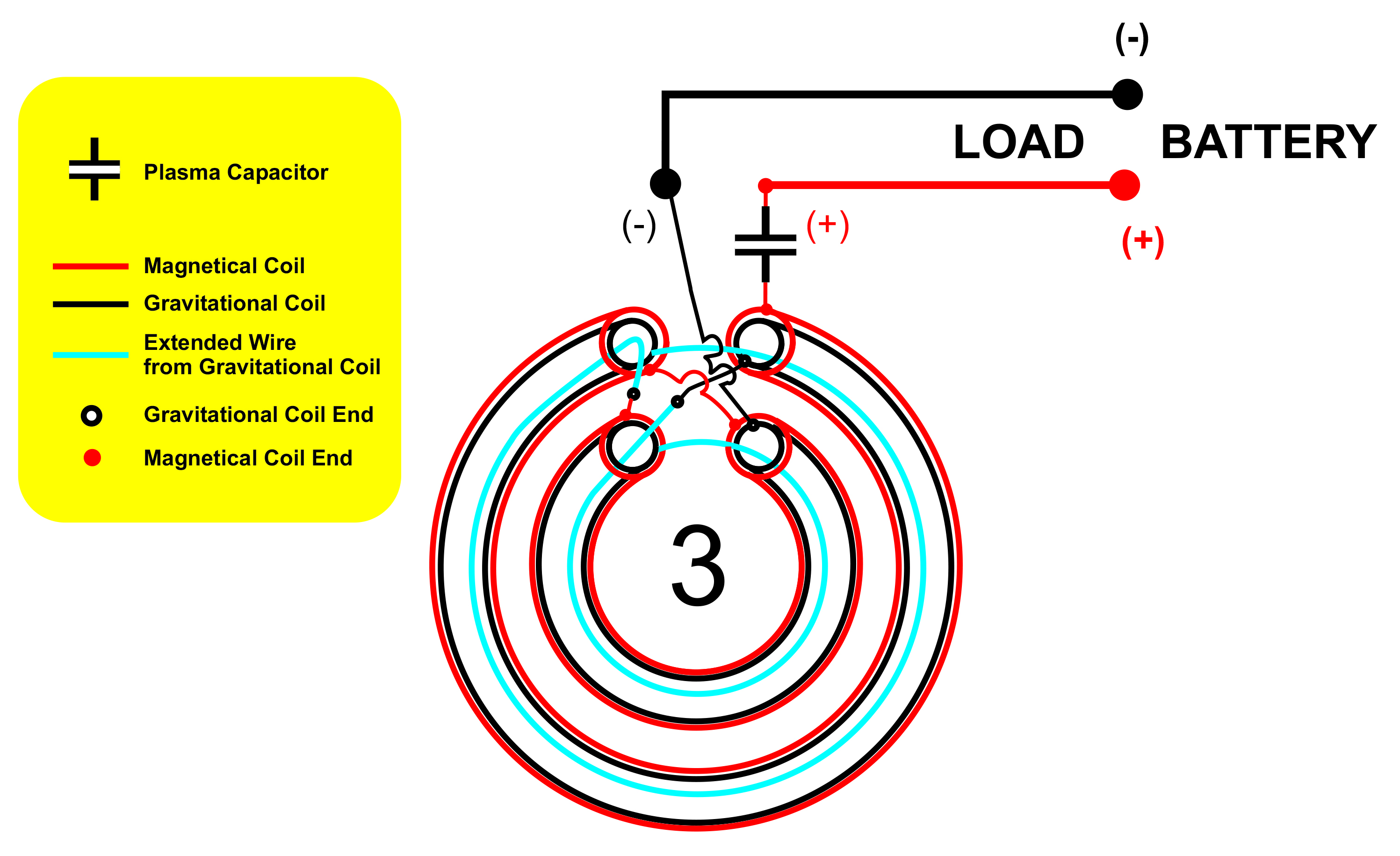Magravs Power – Plasma Car Unit
Important Update
Inner workings of the Car Magrav System.
The Magrav’s plasma system emits electro magnetic fields which help boost engine performance. These energy fields structures the fluids and air in your vehicle to enhance performance. Structured water shows greater heat transference resulting in a cooler running motor. Structured oil stays thin resulting in less friction and protects the engine long run. Older engines show the greatest savings due to the pristine condition of the motor.
The team at Lighthouse Emporium developed crystal energy strips replicating MaGrav fields to safely enhance engine performance. The most cost effective solution we could design. Please read more about our latest release, The MotoStruct Enhancer. Our device is simple to install and requires no modification.
Below is a historic review on the 3 Coil Stack System. There are safety concerns over nano coating. Should your nano coating come off, the systems could short circuit and catch fire. We do not recommend this design.
Long Distance Test
Background
We live in a beautiful little coastal town in the Garden Route, South Africa. We love our small town and so do many others. Its best described as the Garden of Eden. Over the festive season the area comes alive as many seasonal tourists flock to the towns and its pristine beaches. It ever so slightly becomes a bit crowded and too much to handle. Seeing that most of these holiday makers are city dwellers, we decided to leave our forest home and go to the concrete jungle.
We decided to take a drive up through the Karoo to Johannesburg to visit some family and friends. We haven’t driven long distance for ages and we decided to do a test with a Magravs Power Car Unit as presented by the Keshe Foundation.
We drive a Land Rover Freelander TD4 2005. The car has a couple of niggles to be honest and in the past it presented us with some challenges. I’m sure other Land Rover owners understand. Since we acquired the car it’s been constant on fuel consumption. We drive short distances regularly in and around town, and for the most part get no more than 11 km/litre. On the open road we achieve about 12 km/litre, depending on who’s driving.
Installation
The Magravs Car device we installed has the following configuration.
• Single Unit
• 3 Stack Coil Unit
• Co2/CH3/CuO Nano Material
• 4 CapacitorsThe first design used by Keshe Foundation’s Italian Factory.
We connected the Magravs device onto the car in the following manner: Warning: Fire Risk
To power the device we connected it to the positive terminal of the battery in the car. We powered the device through the caps which powered the coils. The bottom inner coil (gravitational coil) was then attached to the body of the car. The configuration is displayed in the following graphic design, however, we did not guide the plasma back into the battery as suggested by the design. We sent the plasma energy into the body of the car.
It is safe to have it running solely on the battery on both the negative and positive terminal.(PIease note the first design released by the Keshe Foundation showed safety concerns, do not connect a 3 stack system).We chose to send the energy into the body of the car. You could also place it in different positions in the car. There are new findings on designs that will be discussed later in this article. We selected to have it close to the engine in the front of the vehicle.Findings
Our test journey totalled 3500 km’s. At every fuel station we filled the car up until the pump stopped automatically.
Here is the breakdown of our journey.
We filled up in the Garden Route with 52 litres of Diesel. We drove for 423 km’s stopping at friends along the way, until we reached Graaff Reinet where a slept over for the night. The next morning we filled up with 35.31 litres. This section was 423km/35.31 litres, giving us 11.98 km per litre of fuel. This is the consumption we regularly get. We had cool weather up to Johannesburg and we didn’t use the air conditioner much on the journey up.
On the second leg we travelled for 632 km’s to Kroonstad where we stopped to fill up the car. In Kroonstad we filled the tank again with 53.25 litres of diesel. This gave us 11.87 km per litre of fuel (632km/53.25l). Not much of difference or improvement on the second leg. We did however feel really good travelling on the road. The feeling of wellbeing was clearly noticeable. We did not experience any other differences accept a slight improvement in handling.
The third leg of our journey is where things became interesting. On this leg we drove around Johannesburg and Pretoria. We spent most of our time in the Sandton area during our week going about our business, after which we set out on our return journey home.
We drove with the same tank of fuel in and around the city. On our way home we stopped at Kroonstad again to fill up. We travelled for 748 km’s and then filled up the tank with 54.64 litres. This gave us a consumption rate of 13.7 km per litre of diesel. This was quite impressive considering that we drove around in the city. From Kroonstad home we used the air conditioner most of the way. It was hot, incredibly hot.
The fourth part of our journey was long distance. We travelled from Kroonstad to Colesburg for 523 km’s where we stopped to fill up with 36.62 litres. This gave us 14.28 km per litre of diesel.
The last part of the journey we drove all the way home through the Prince Albert Pass. It is one of the most amazing mountain passes in the country and worth the drive. We came home with fuel left in the tank and continued our routine of travelling short distances. We didn’t drive the tank completely empty, as we threw additional diesel in (15.69 litre) in the course of the next two weeks. The light came on after 1178 km’s. We drove out a full tank and 15.69 litres. Land Rover specifies that the car has the capacity to carry 60 litres of fuel. This gave us more or less 15km/litre, give or take.
Since then we removed the device and the car is now back to normal consumption. It works!
Conclusion
The Magravs Power Car Unit works well. It clearly improved fuel efficiency by around 20%. On this journey we drove a total of 3500 km’s on 250 litres. At factory consumption rates we saved 40 to 50 litres of fuel on our travel. Anyone travelling far distances could save a lot of money in the long run. It should be noted that the conditioning of the car took two full tanks, please don’t expect immediate results.
The Updated Design
• Double Unit
• 1 Stack Coil Unit
• Co2/CH3/CuO Composite Nano Material Mix
• No Capacitors
When you build your device make sure you fix the coils into your container. The system should be fastened securely so that it cannot move around inside. Your vehicle moves around, it shakes, it vibrates and we all live in different areas of the world with different conditions. The less movement the better. It is advised not to use silicone as it removes the Nano Coating. Using hot glue has been shown to give some problems over time, especially when exposed to intense heat. Some people use polyester resin glue as an alternative to hot glue. You could also pad it with foam or alternately strap it with cable tie.
Please ensure that the positive and negative connections and coils never tough each other.
If you decide to use glue, we recommended placing the Magravs Car Unit in a cool dry place away from the engine. When placing your device you could stack the two individual units together. It could also be placed in various areas in the car. We prefer to have one unit under each of the front seats of the vehicle. Simple wiring will be required to do this.

The loose wire in your coil setup is rolled into a spiral and placed over the Gans Material. The unit which is connected to the negative terminal will have the Magnetical wire in a spiral over the Gans material and the other unit, the Gravitational wire in the centre over the Gans as depicted in the Graphic above.
The Keshe Foundation’s Arizona Factory will build the Magravs Car Unit on this particular design. To build your own Magravs Car Power Unit please follow the steps described in the first part of our Build a Magrav Page. This is a double single stack design as apposed to the 3 stack single unit.
Note: Some of the latest top model cars have shown variable results. Please see our article on vehicle performance enhancement to understand the inner workings of the magrav’s fuel savings and the variations experienced between different vehicles.


